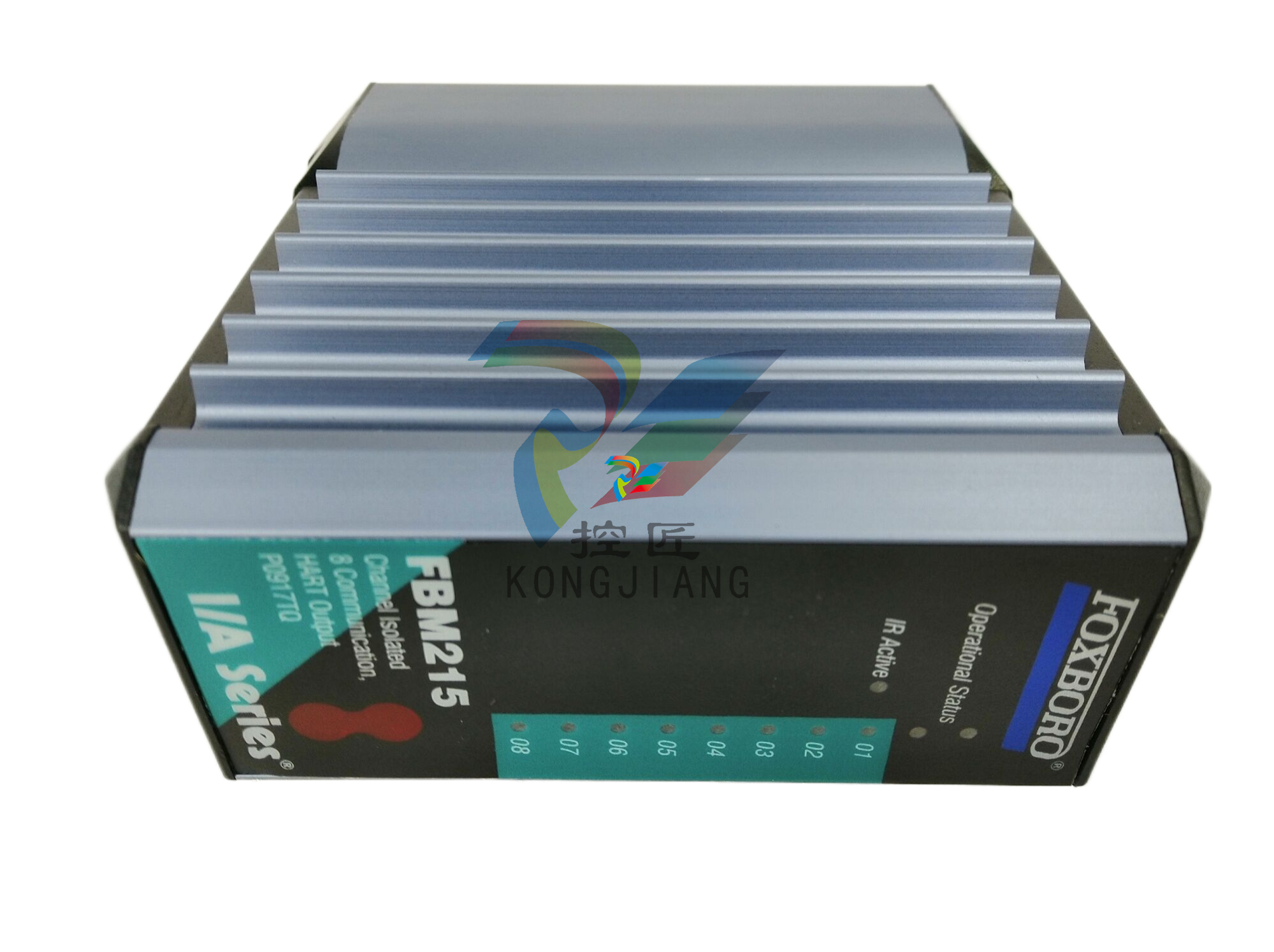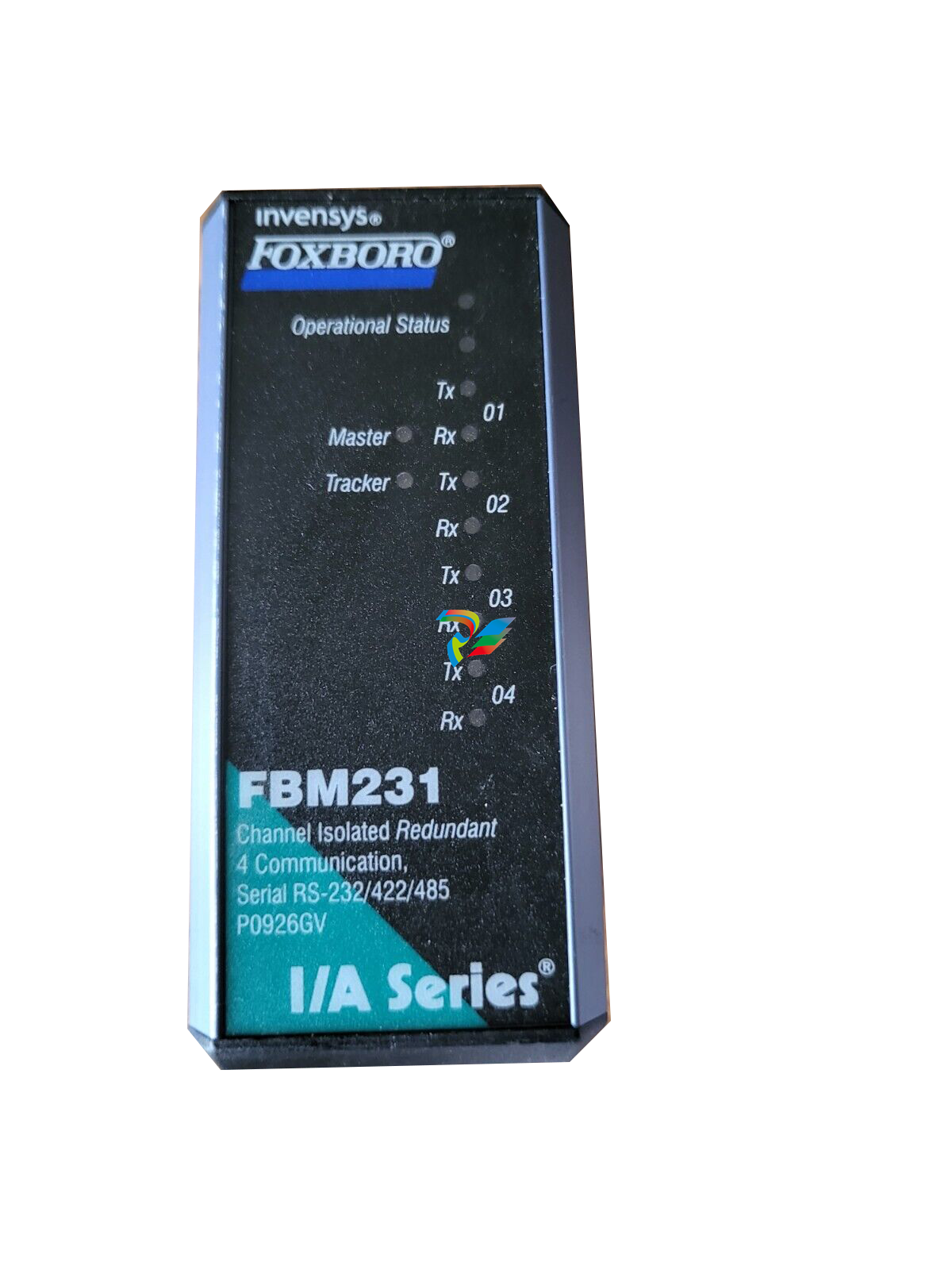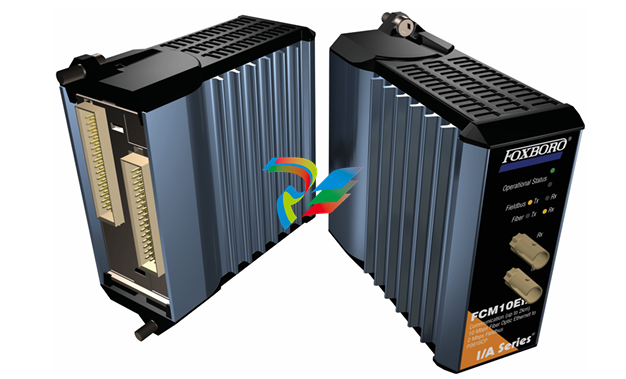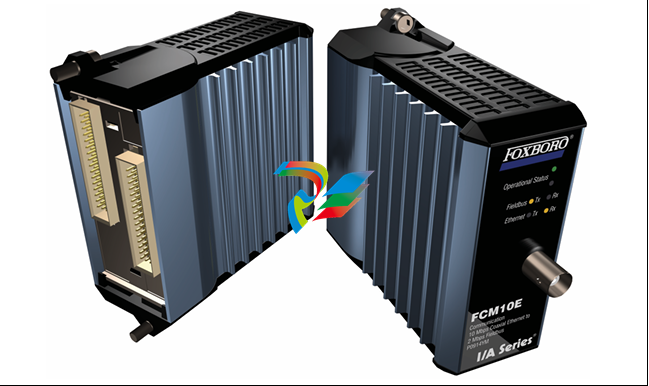
Standardized Foundation, Faster Development Pipeline
The most advanced PKM systems also natively integrate with other critical systems, such as enterprise resource planning, electronic lab notebooks, laboratory information management systems, the distributed control system (DCS), and the MES to offer far greater visibility, scalability, and collaboration among cross-functional teams. With standardization via built-in templates, teams can more easily use common definitions and keep them up to date over time, even pushing changes to multiple recipes simultaneously to save hours of manual data entry. In addition, with automated change tracking, teams no longer need to worry that changes in products and processes will create compliance issues. Built-in auditing tools make it easy to track, monitor, and confirm changes.
PKM software also provides a structured, configuration-driven approach to help cross-functional teams manage process parameters and calculations, without an external electronic spreadsheet application, because all activities can be performed directly within the software. PKM software also can conduct facility-fit scenarios using predictive algorithms to easily identify production gaps through exception reporting.

More effective manufacturing execution
PKM software also helps close the gap between research and development and the MES, a critical tool for speeding commercial production. Much like the move from paper records to digital, the MES has digitalized the manufacturing portion of the treatment development pipeline. MES software increases visibility of life sciences manufacturing operations to eliminate the inefficient use of resources, and to streamline communication and collaboration in full-scale production.
Standardized batch records, efficient exception management, improved consistency, and facility-wide equipment management built into the MES help manufacturing teams build an automated workflow to better manage procedures, equipment, materials, and quality. In addition, integrated workflows help ensure that production is reliable and repeatable (Figure 1).
Modern MES software also eliminates the need for customized integration to the DCS. Instead, high-performing MES software natively integrates with the DCS, removing common challenges with data integrity and system performance.
These MES benefits significantly streamline production, helping to speed return on investment and shorten time to market. To capture the most benefit from these advantages, however, teams must close the most difficult technology transfer gap: the handoff from development to the MES.
Standardizing across the gap
Development and manufacturing typically use different systems and equipment, at entirely different scales. Making the move from development to production means transferring all the data necessary to the MES and scaling processes up from bench- to production-scale equipment. Fortunately, PKM software seamlessly interfaces with high-performing MES software.
These fit-for-purpose PKM solutions make it easier to transfer master recipes. The recipe repository is directly linked to the MES, eliminating the need for conversion or for custom—and fragile—connectivity between the two systems. The PKM system can seamlessly push parameters and sequence of operation to the MES, helping teams better manage inventory, while providing improved visibility of manufacturing guidelines. Experts estimate this type of connectivity can help reduce time to market from 10 years to fewer than three (Figure 2).

Also, PKM software gives manufacturing teams visibility into the design process to help remedy any problems that may arise after a treatment is released to the market. Teams have immediate access to data across the lifecycle of the product, providing both decision support and the required comprehensive data and audit trails to back up those decisions.
Meeting today’s challenges with today’s technology
There are more new life sciences products in development daily, making it harder to develop a treatment that will stand out among the crowd. In addition, the first product to market in each class typically becomes the market leader, increasing pressure on development teams that are already stretched thin.
Although throwing money and excess staff at the problem can increase speed, most organizations cannot do so, because the pressure on therapy pricing continues to increase. A better solution is focusing on eliminating operational inefficiencies and improving technology transfer to bring products to market more quickly and effectively.
The technologies needed to eliminate inefficiency are already on the market. A robust MES supported by PKM software across the entire development pipeline can shave years off treatment development, while eliminating costly mistakes. The life science leaders of tomorrow are already embracing these technologies, and the investment is returned faster than many of them imagined.













































.jpg)
.jpg)
.jpg)





.jpg)



.png)
.jpg)

.jpg)
_lVjBYb.jpg)

.jpg)
.jpg)



.jpg)
.jpg)







.jpg)

.jpg)
.jpg)






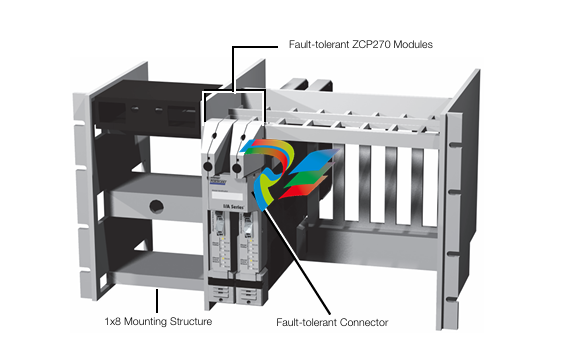

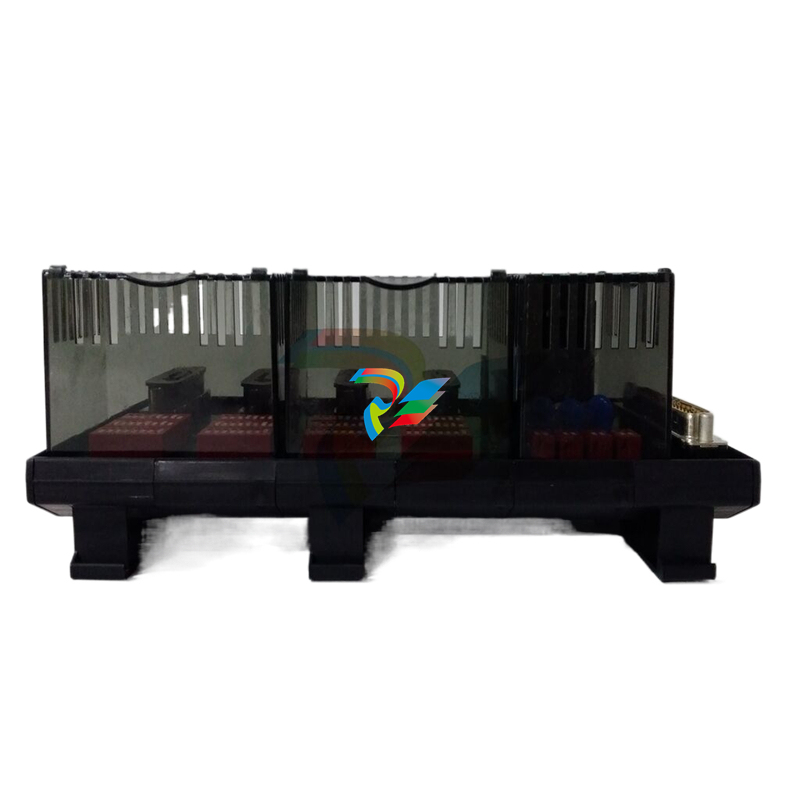
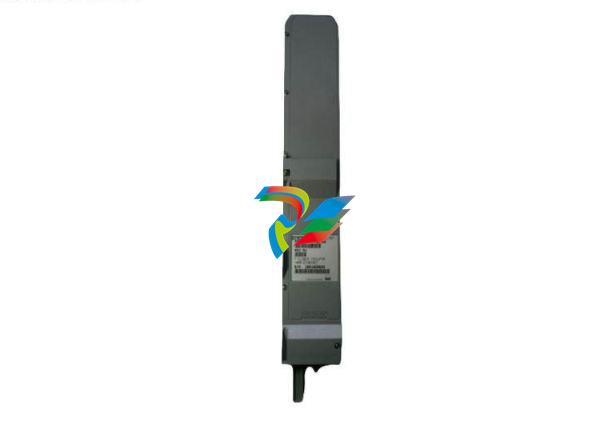
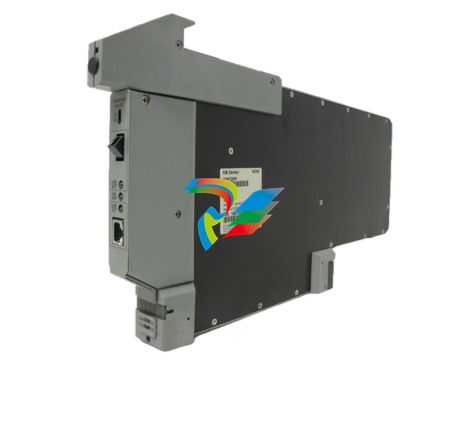
.jpg)
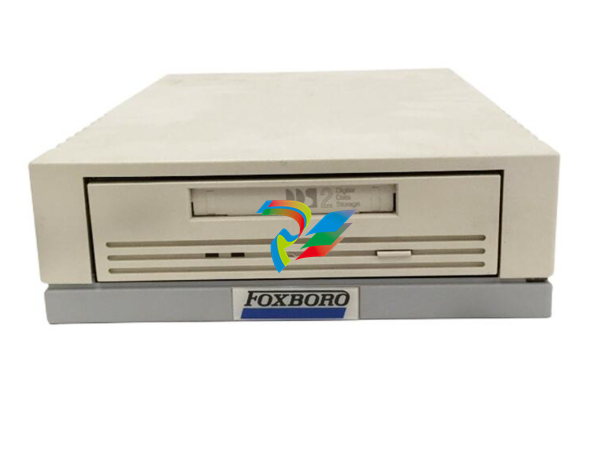

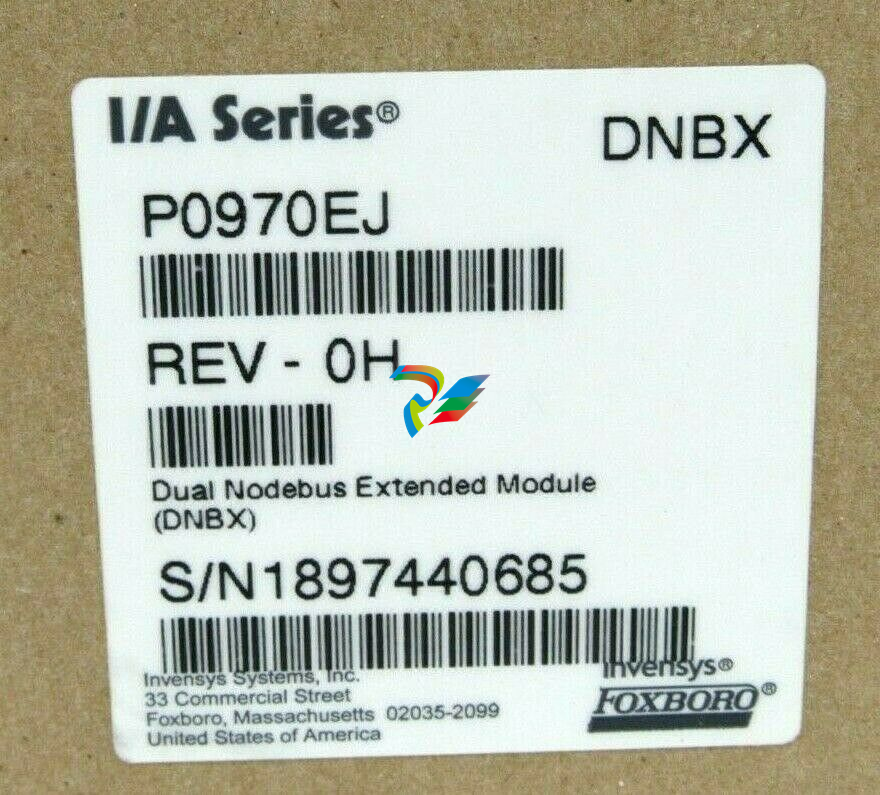

.jpg)
.jpg)
.jpg)
.jpg)
.jpg)
.jpg)
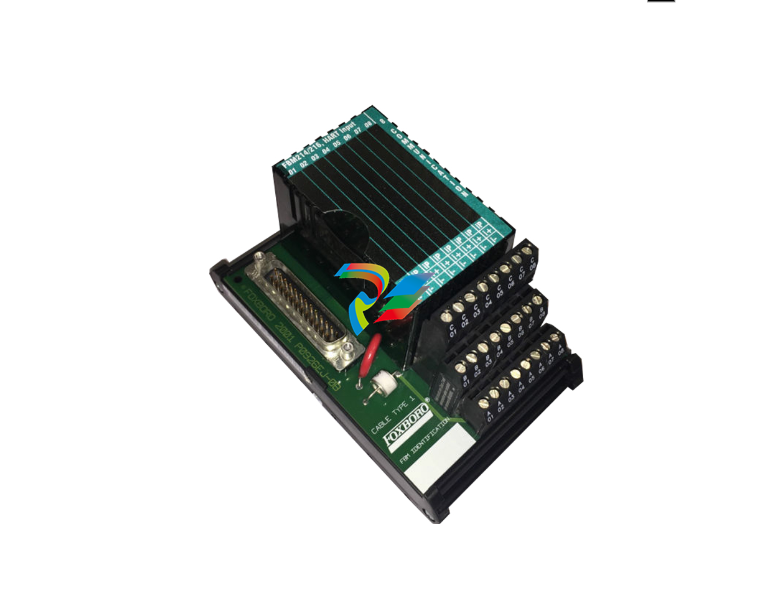
.jpg)
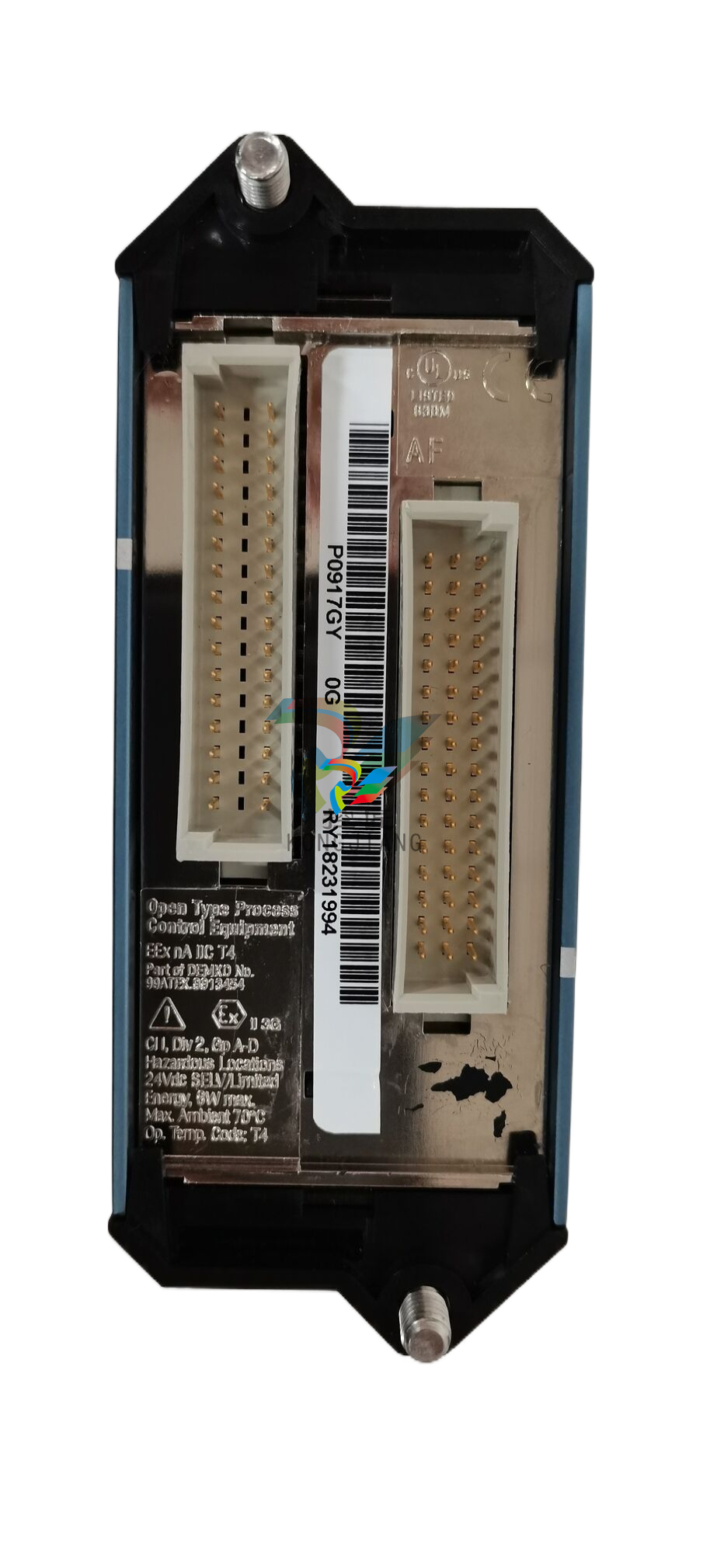
.jpg)
.jpg)
.jpg)
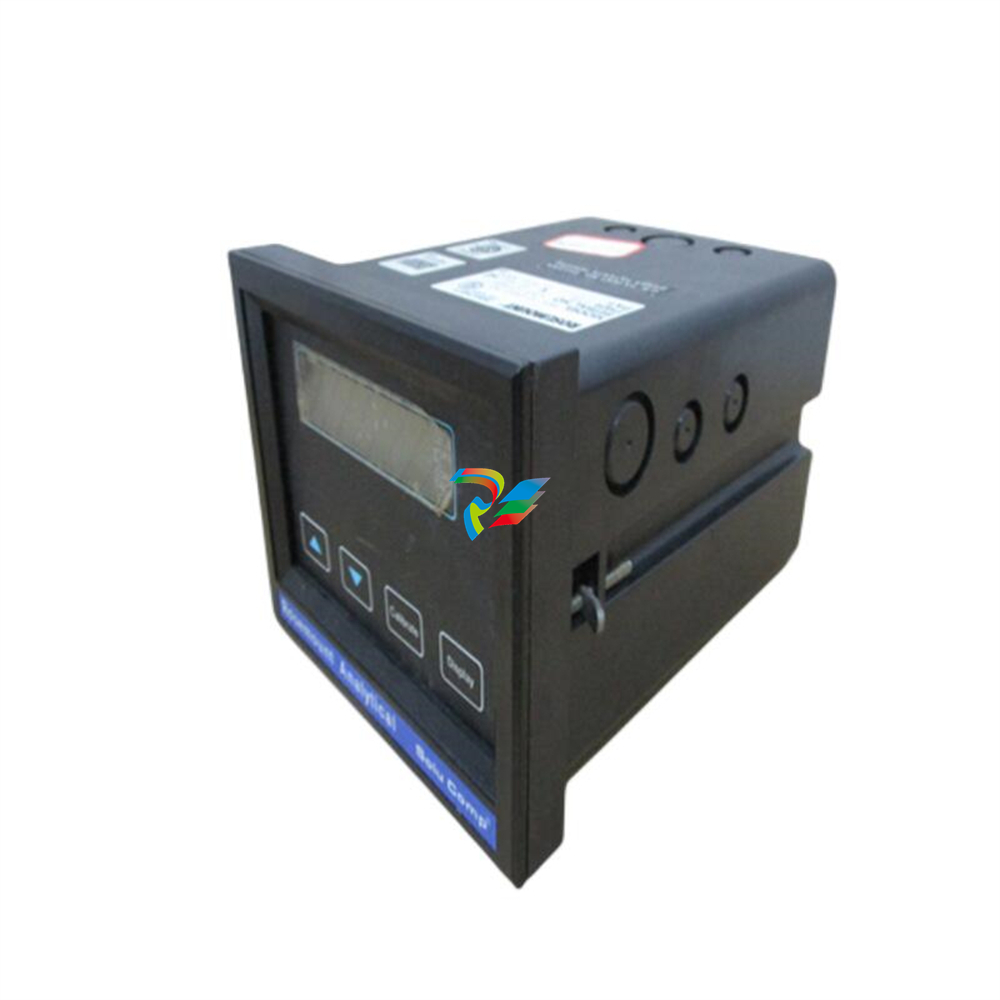
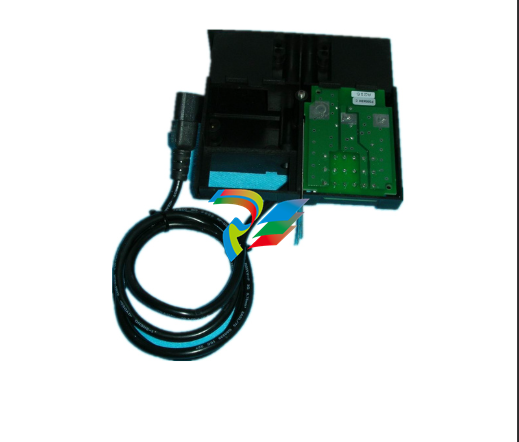
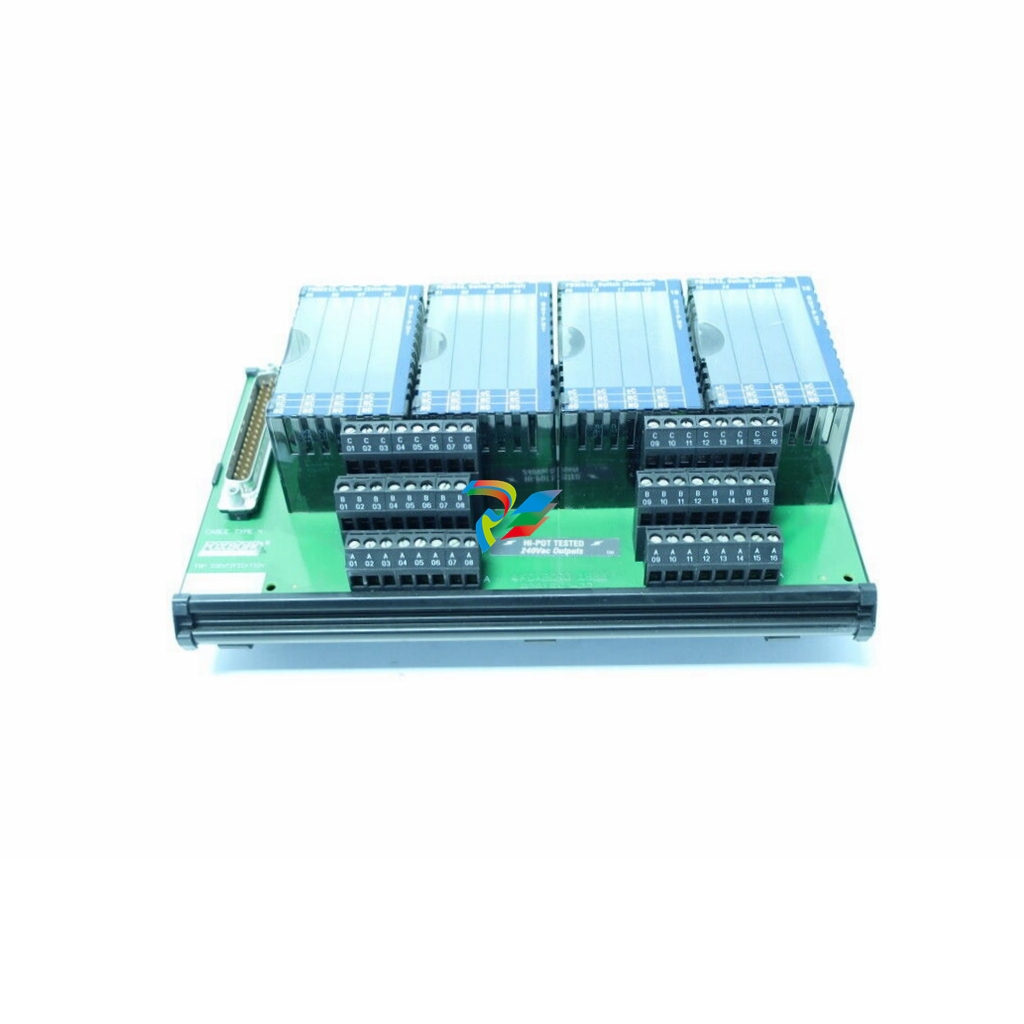
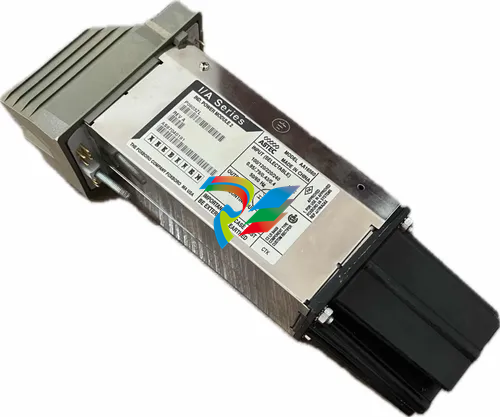
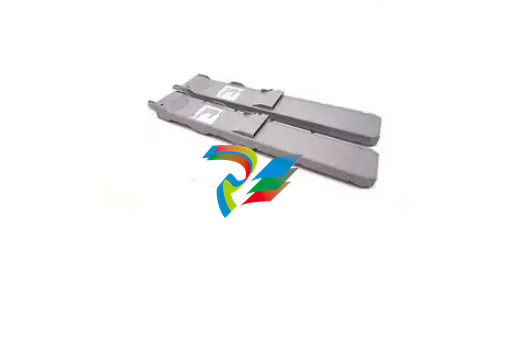
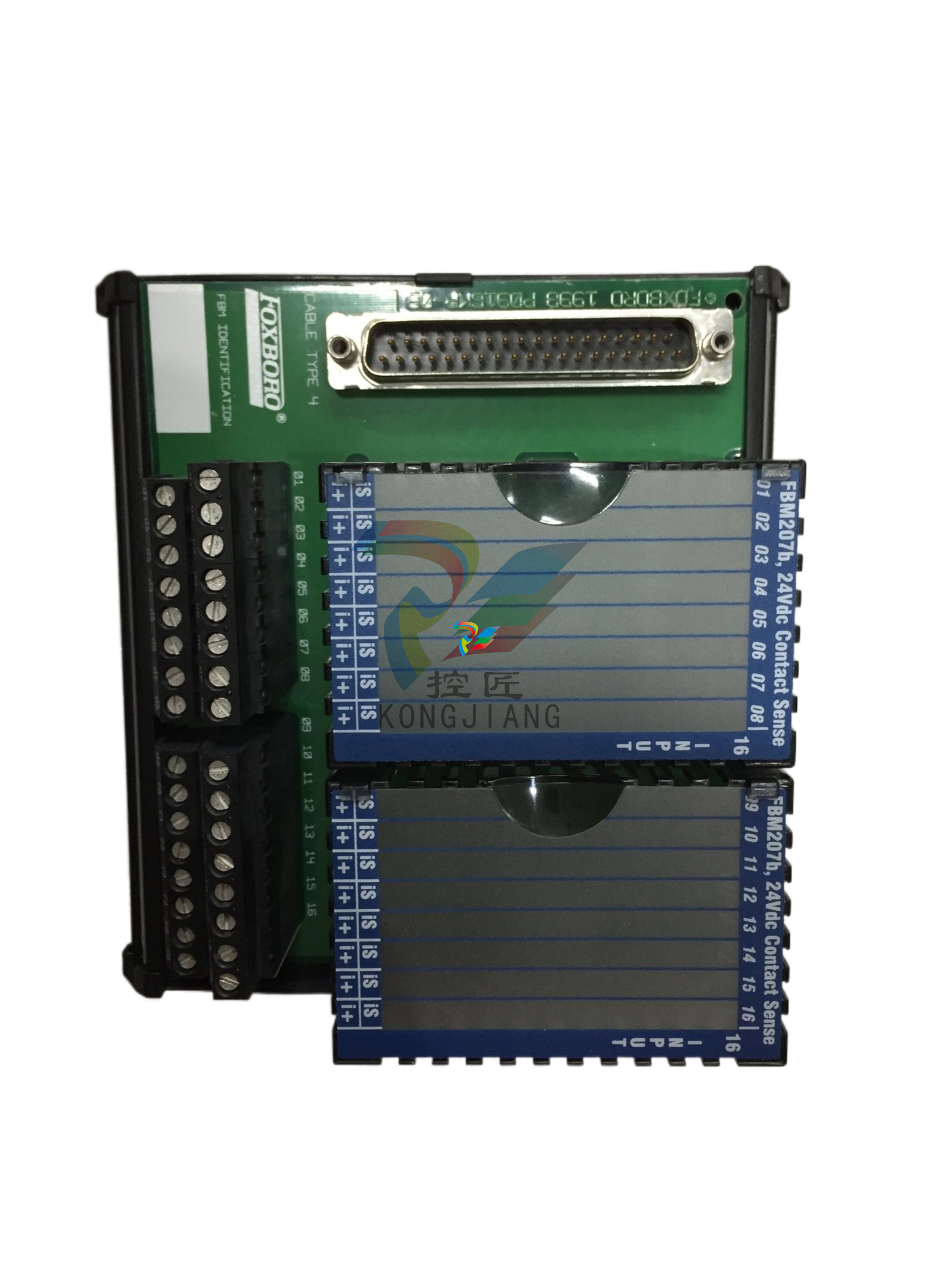
.jpg)

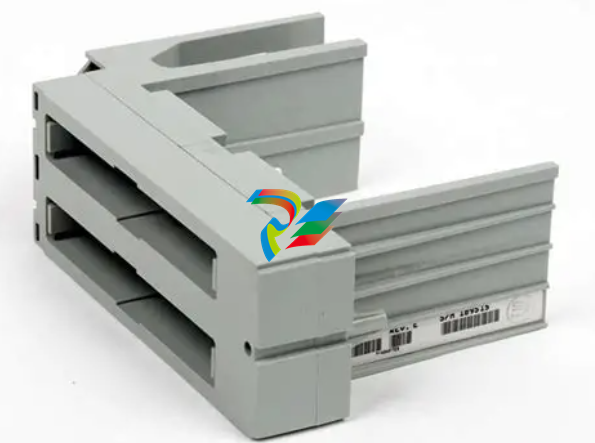
.jpg)
